"Morris House" has been featured in "Detail No.235, 2023-January / 10,000 Year Detail, 1,000 Year Detail, 100 Year Detail, 10 Year Detail".
Please take a look.
この度、"Morris House” が『ディテール No.235 2023年1月号/萬年ディテール 千年ディテール 百年ディテール 十年ディテール』に掲載されました。
ぜひご覧ください。

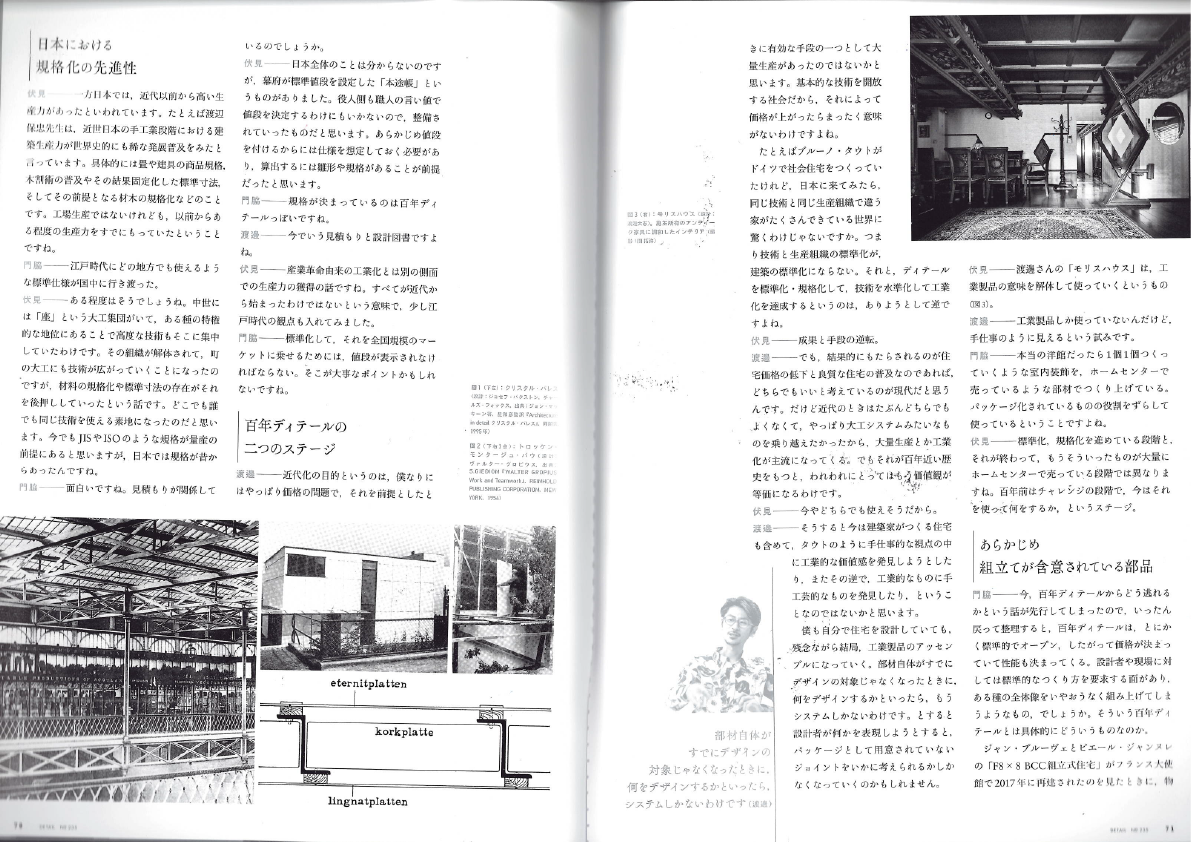
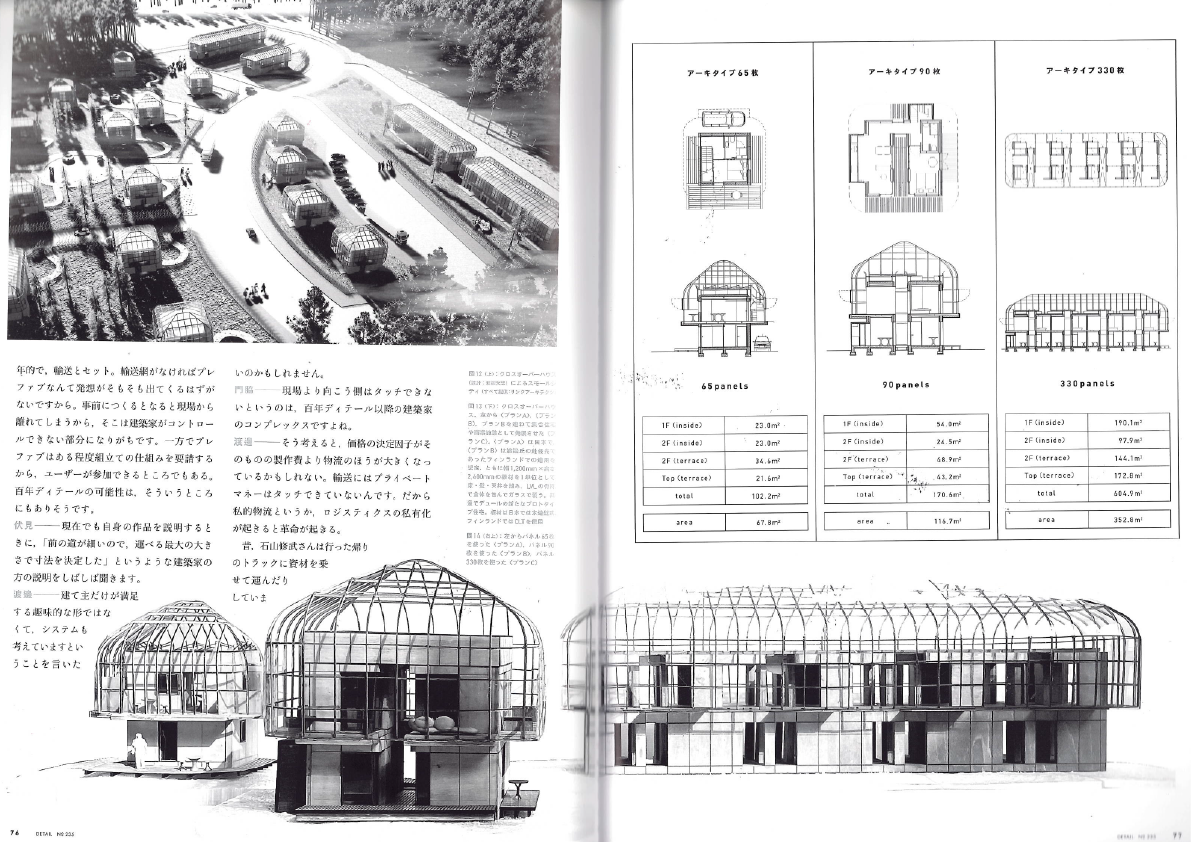
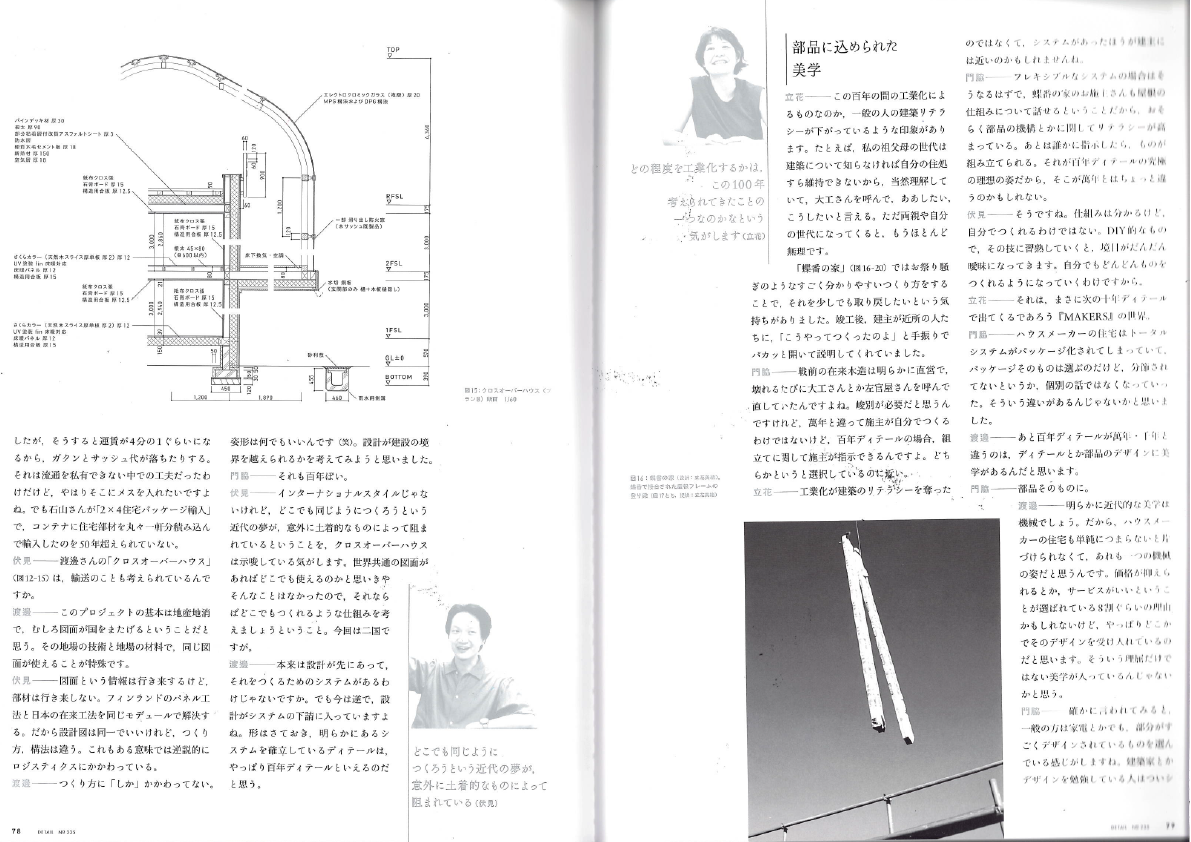
この度、"Morris House” が『ディテール No.235 2023年1月号/萬年ディテール 千年ディテール 百年ディテール 十年ディテール』に掲載されました。
ぜひご覧ください。




Published on December 23, 2022
The first issue of the "Morris House" Series has been featured in the "TOTO Tsushin Summer 2022 Special Issue: The Ambition of Prototypes."
Please take a look.
この度、"Morris House” Series 第1号が『TOTO通信 2022年夏号 特集/プロトタイプの野心』に掲載されました。
ぜひご覧ください。


Please take a look.
この度、"Morris House” Series 第1号が『TOTO通信 2022年夏号 特集/プロトタイプの野心』に掲載されました。
ぜひご覧ください。


For the full text, please click here.
全文は、こちらから。
全文は、こちらから。
Published on July 17, 2022
Morris House" has been featured in the April 2022 issue of 『Jutaku Tokushu 2022/04』. Please pick up a copy and take a look.
この度、"Morris House” Series 第1号が『住宅特集 2022年4月号』に掲載されました。ぜひお手に取ってご覧ください。
Please click here to purchase it.
お買い求めの方はこちらをクリックして下さい。
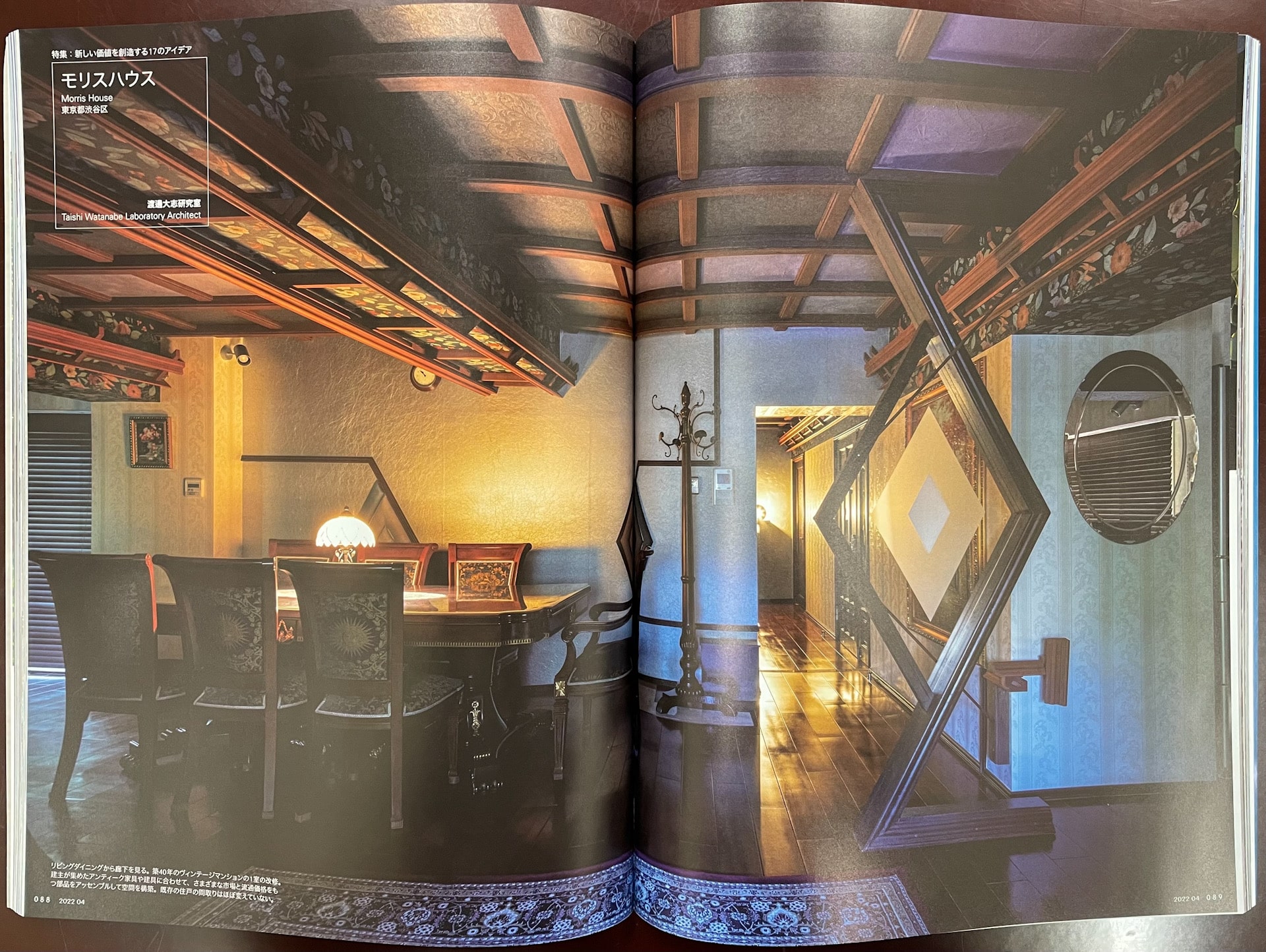
この度、"Morris House” Series 第1号が『住宅特集 2022年4月号』に掲載されました。ぜひお手に取ってご覧ください。
Please click here to purchase it.
お買い求めの方はこちらをクリックして下さい。
Published on March 24, 2022
Morris House Series are interior projects that create a synesthesia of Xover Products. The act of discovering multiple functions in ambiguous solids is the greatest "play" in a society that has embraced capitalist values. Residential interiors as the collection of Xover Products aims to restore a sense of "play" to life that has been lost in modernity.
モリスハウスシリーズは、Xover Productsによって構成されるシナスタジア空間を実現するインテリアプロジェクトです。曖昧な立体から複数の機能を発見するという行為は、資本主義的な価値観を受け入れた社会においては、最大の“あそび”と言えます。Xover Productsの集合体としての住宅インテリアによって、近代化の中で失われつつあった“あそび”のある生活を取り戻すことを目指します。
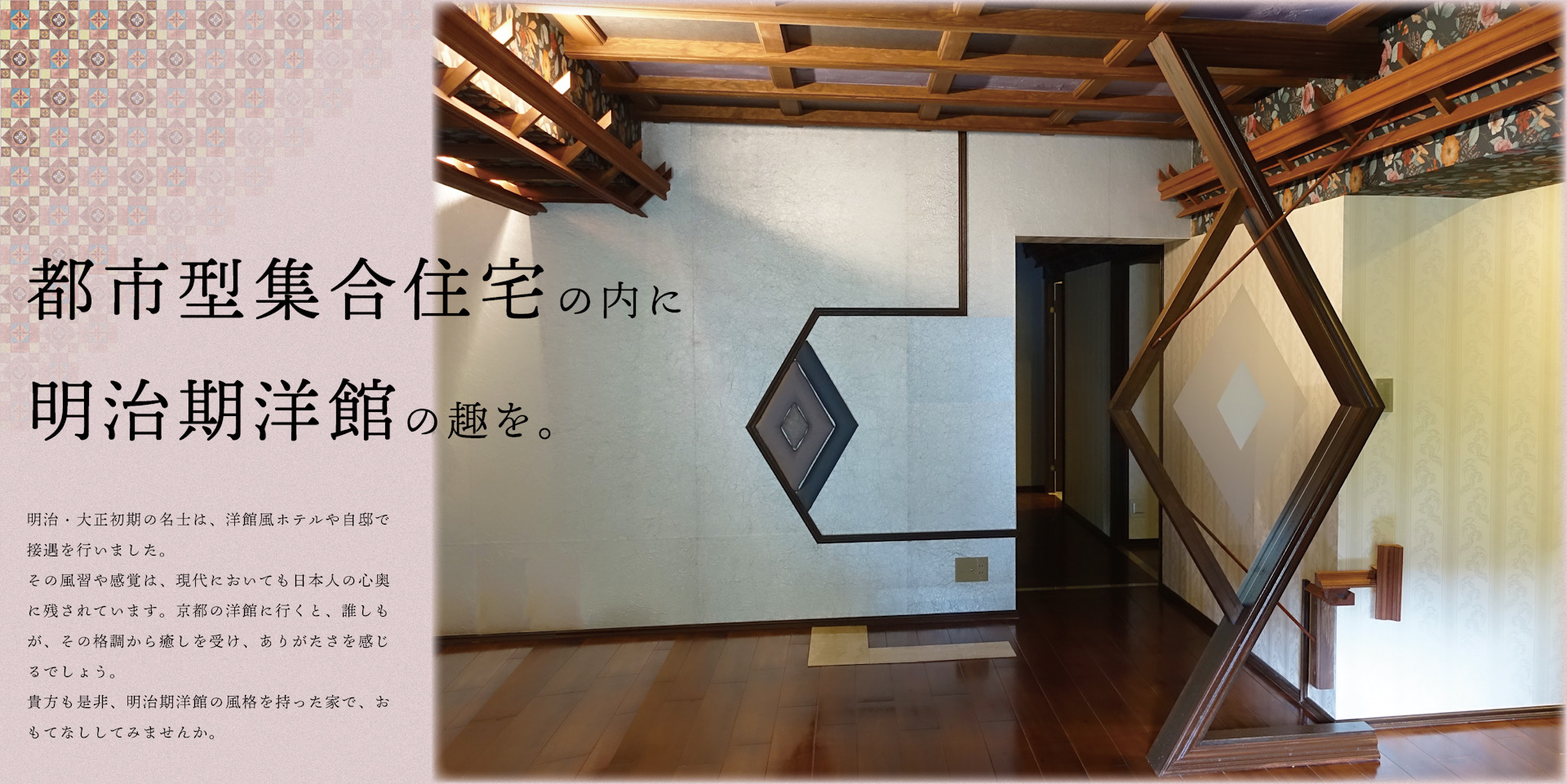
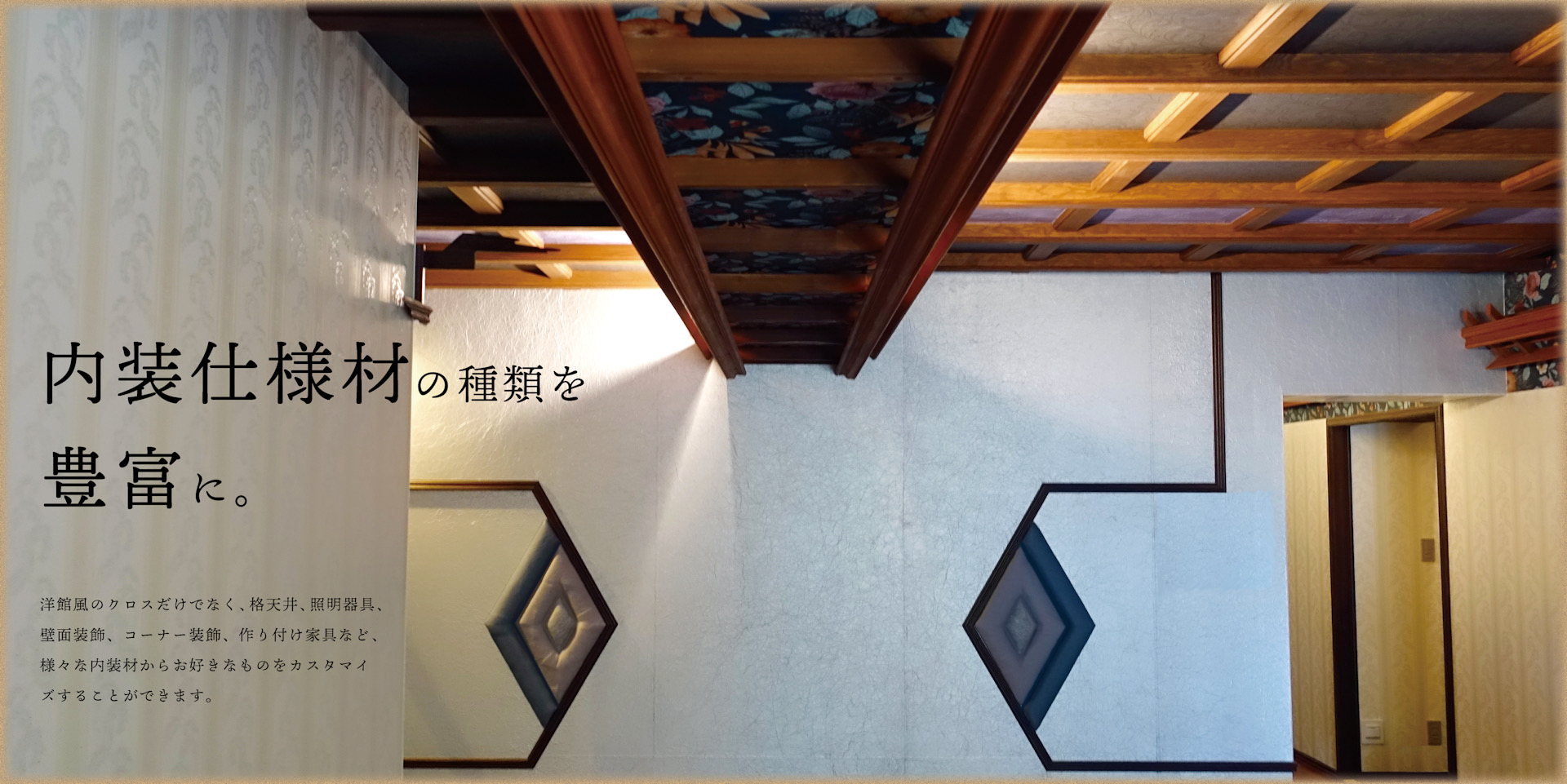
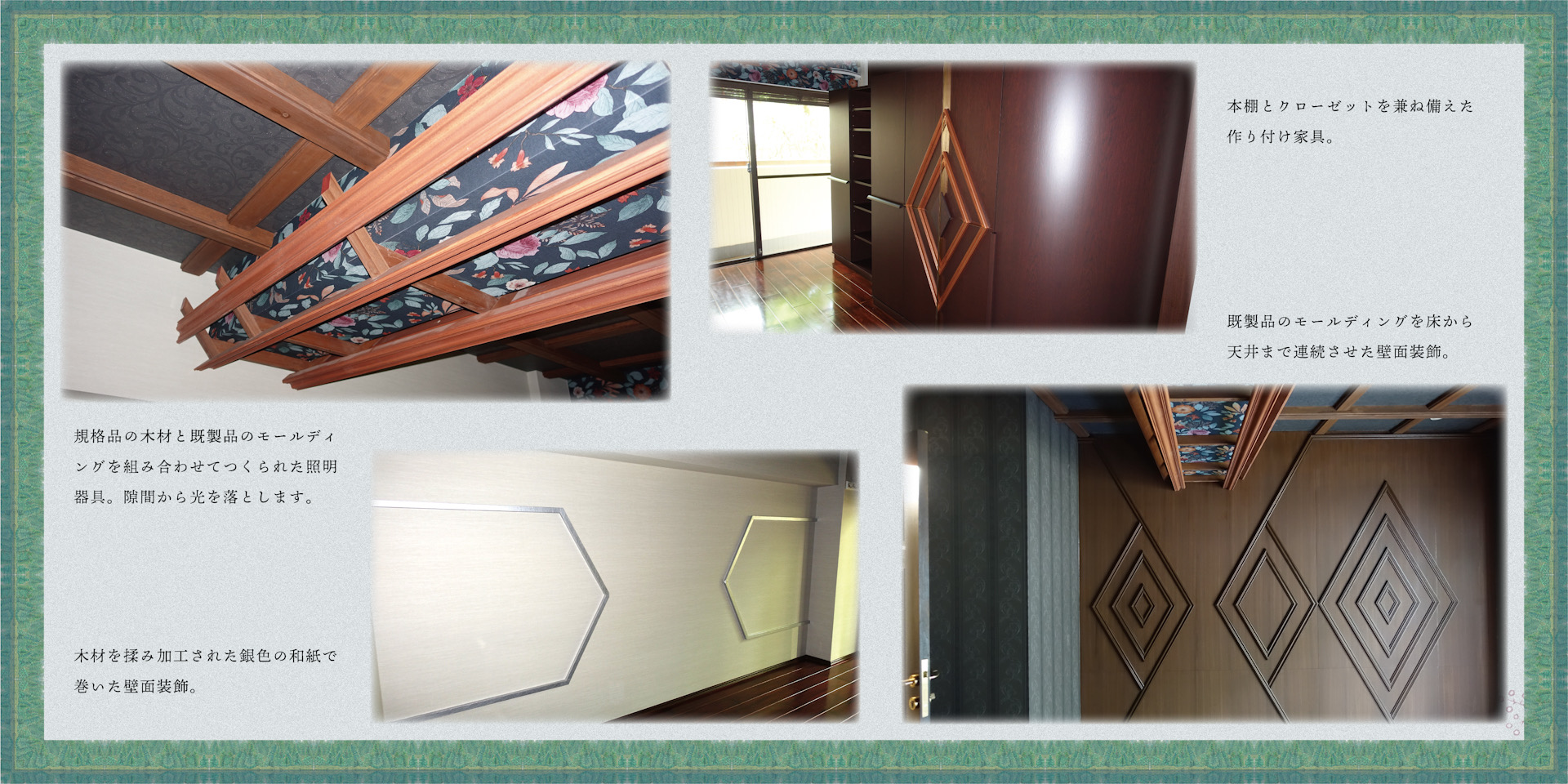
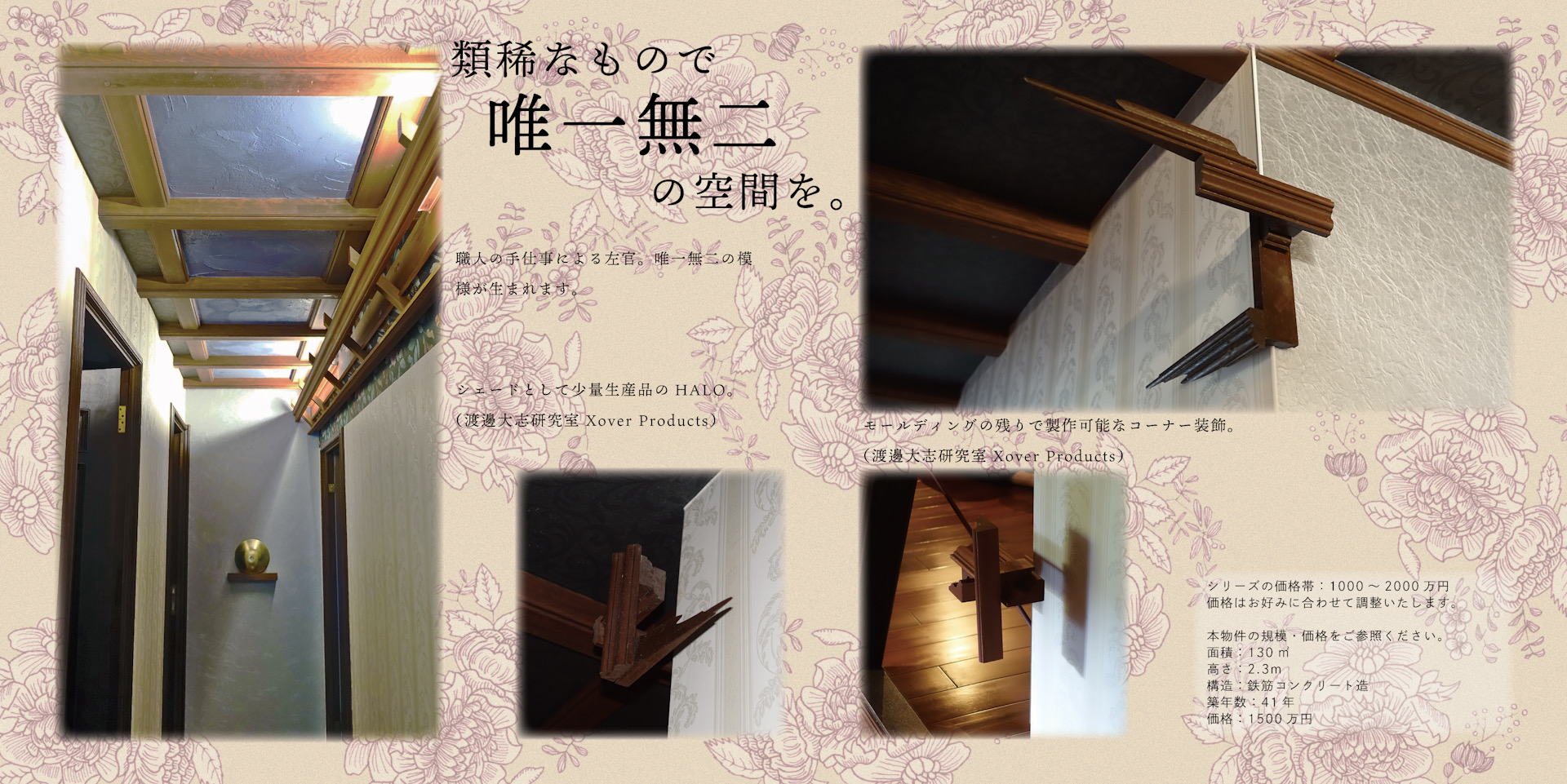
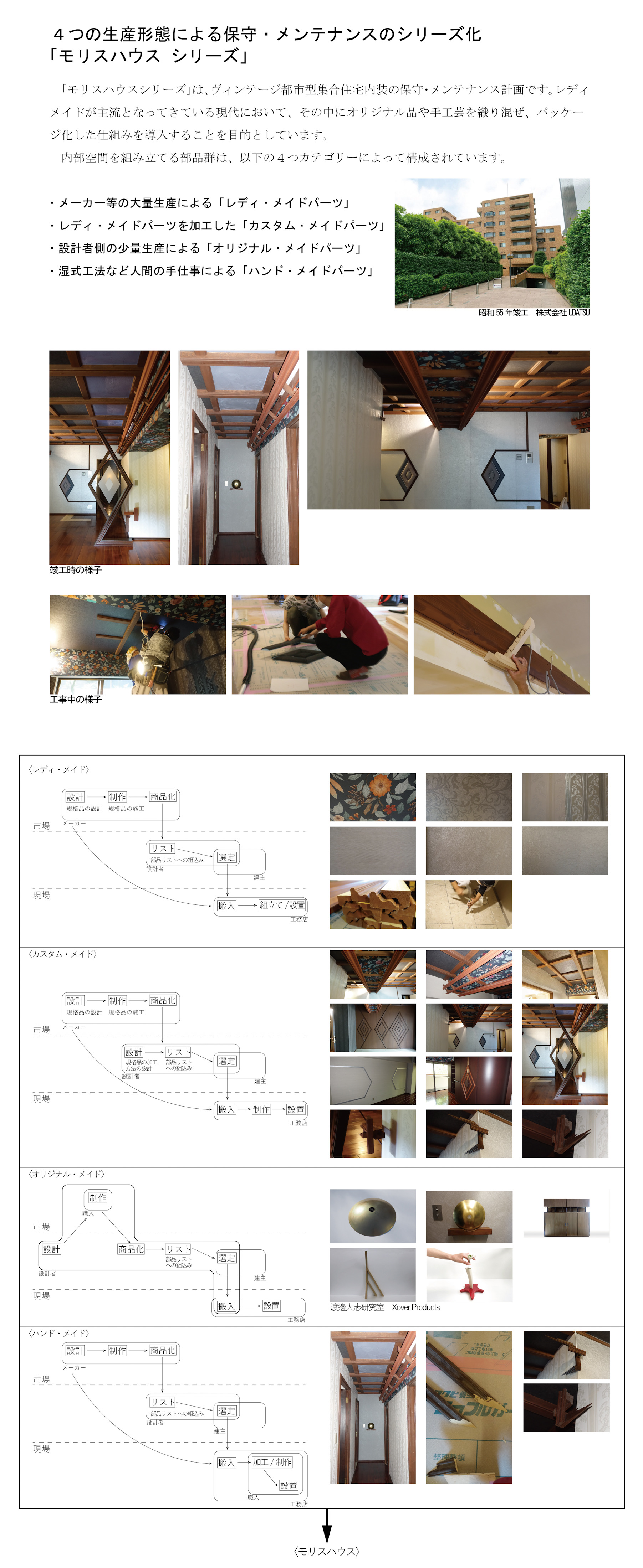



モリスハウスシリーズは、Xover Productsによって構成されるシナスタジア空間を実現するインテリアプロジェクトです。曖昧な立体から複数の機能を発見するという行為は、資本主義的な価値観を受け入れた社会においては、最大の“あそび”と言えます。Xover Productsの集合体としての住宅インテリアによって、近代化の中で失われつつあった“あそび”のある生活を取り戻すことを目指します。
Published on November 22, 2021
Aim of Design|
設計趣旨
This is a comprehensive space design project that focuses on the interior of urban apartments.
The purpose is to launch “non-architectural architecture” in market-distributed apartments by architecturally dealing with designs in other fields other than architecture,
such as lighting equipment, wallpaper, wall decoration, partitions, and furniture.
The owner can acquire a unique interior space while maintaining the convenience of maintenance and maintenance that a distribution-type house as a mass-produced product has.
Lighting fixtures and other parts for assembling the interior space are mainly composed of the following four combinations. That is, ready-made, custom-made, original-made, and hand-made. These are considered to be the four faces that gradually reopen the technology from the parts (readymade) industrialized by the conventional technology to the handmade production in small quantities. Original maid refers to parts with an original design that is produced in small quantities in small quantities in collaboration with external factories and others (Taishi Watanabe Laboratory, Xover Products).
The general aim of these is to show the state of architecture that does not depend on the architectural language specialized in production, distribution, and technology. I thought that an interior space that did not have the concept of architectural structure from the beginning could clearly express its potential.
都市型集合住宅のインテリアをフィールドに目した総合的な空間デザインプロジェクトです。 照明器具、壁紙、壁面装飾、パーテーション、家具など、建築以外の他分野デザインを建築的に扱うことによって、「非建築的な建築」を市場流通型集合住宅の中に立ち上げていくことを目的としています。
オーナーは、大量生産品としての流通型住宅が持つ保守・メンテナンスの利便性を保ちながら、唯一無二の内部空間を獲得することができます。
内部空間を組み立てるための照明器具他の部品群は、主に以下の4つの組み合わせによって構成されています。 すなわち、レディ・メイド、カスタム・メイド、オリジナル・メイド、ハンド・メイドです。 これらはこれまでの技術によって工業化された部品(レディ・メイド)から、順次その技術をハンド・メイドまで緩やかに少量生産へと再開放していく4つのフェーズと考えられています。 オリジナル・メイドは、外部の工場他と組んで少量生産される使い方の限定されないオリジナルデザインの部品を指します(渡邊大志研究室・Xover Products)。
これらが総じて目指すのは、生産・流通・技術において専門化された建築言語によらない建築の有り様を示すことです。 建築の構造体概念を初めから持たないインテリア空間は、その可能性を顕著に表現することができると考えました。
The owner can acquire a unique interior space while maintaining the convenience of maintenance and maintenance that a distribution-type house as a mass-produced product has.
Lighting fixtures and other parts for assembling the interior space are mainly composed of the following four combinations. That is, ready-made, custom-made, original-made, and hand-made. These are considered to be the four faces that gradually reopen the technology from the parts (readymade) industrialized by the conventional technology to the handmade production in small quantities. Original maid refers to parts with an original design that is produced in small quantities in small quantities in collaboration with external factories and others (Taishi Watanabe Laboratory, Xover Products).
The general aim of these is to show the state of architecture that does not depend on the architectural language specialized in production, distribution, and technology. I thought that an interior space that did not have the concept of architectural structure from the beginning could clearly express its potential.
都市型集合住宅のインテリアをフィールドに目した総合的な空間デザインプロジェクトです。 照明器具、壁紙、壁面装飾、パーテーション、家具など、建築以外の他分野デザインを建築的に扱うことによって、「非建築的な建築」を市場流通型集合住宅の中に立ち上げていくことを目的としています。
オーナーは、大量生産品としての流通型住宅が持つ保守・メンテナンスの利便性を保ちながら、唯一無二の内部空間を獲得することができます。
内部空間を組み立てるための照明器具他の部品群は、主に以下の4つの組み合わせによって構成されています。 すなわち、レディ・メイド、カスタム・メイド、オリジナル・メイド、ハンド・メイドです。 これらはこれまでの技術によって工業化された部品(レディ・メイド)から、順次その技術をハンド・メイドまで緩やかに少量生産へと再開放していく4つのフェーズと考えられています。 オリジナル・メイドは、外部の工場他と組んで少量生産される使い方の限定されないオリジナルデザインの部品を指します(渡邊大志研究室・Xover Products)。
これらが総じて目指すのは、生産・流通・技術において専門化された建築言語によらない建築の有り様を示すことです。 建築の構造体概念を初めから持たないインテリア空間は、その可能性を顕著に表現することができると考えました。

Published on July 29, 2021

The true expression of play erupts during dramatic social transitions. In medieval Japan, this was the transition from the Heian to the Kamakura period, from aristocratic to warrior society.
In a waka poem with a melody called "Ryoujin-hisho", compiled by Emperor Goshirakawa, there is the following verse
"Were humans born to play?"
This melody expresses the true nature of human life.
The next major social change came during the Meiji Restoration, when traditional Japanese society changed to the Western way of life. The next major social change came during the Meiji Restoration, when traditional Japanese society gave way to the Western way of life. What emerged was the rise of traditional carpentry, which combined Western-derived styles called Gi-yofu.
Today, Japan and the world are facing a major social transition, the Corona pandemic. At this time, it is the spirit of "play" that will undoubtedly drive society forward. In today's commercialist society, play and work are seen as opposites, but this brings us to the idea that much of the world is made up of "play." In other words, the essence of what we earn is "play".
William Morris (1834-1896), the leader of the Arts and Crafts movement in the 1880s, wanted to open up design, which had been reserved for the British aristocracy, to the public through the use of textiles and prints, homogenization, lower prices and equalization of techniques. In other words, through the "democratization of design", he wanted to bring to the people the "play" and culture that had been the preserve of the privileged classes. Deep in the heart of our love of "retro style ", which is still prevalent today, lies an intrinsic longing for "play."
"Morris House" series is a cultural house within a modern urban house. The managers who live in these houses have a social responsibility to open up their designs to others by creating a house of culture through the play of the "〇〇 style". In the past, the managers of the Meiji era worked hard to create Western-style houses arranged in a Japanese style, and gained the trust and achievements of society. The best examples are Shibusawa Eichi, who led the way in modernization, and the Iwasaki and Mitsui families who founded the zaibatsu.
How about creating your own "Morris House" to open up the cultural values and identity of your business to the outside world?
"Were humans born to play?"
This melody expresses the true nature of human life.
The next major social change came during the Meiji Restoration, when traditional Japanese society changed to the Western way of life. The next major social change came during the Meiji Restoration, when traditional Japanese society gave way to the Western way of life. What emerged was the rise of traditional carpentry, which combined Western-derived styles called Gi-yofu.
Today, Japan and the world are facing a major social transition, the Corona pandemic. At this time, it is the spirit of "play" that will undoubtedly drive society forward. In today's commercialist society, play and work are seen as opposites, but this brings us to the idea that much of the world is made up of "play." In other words, the essence of what we earn is "play".
William Morris (1834-1896), the leader of the Arts and Crafts movement in the 1880s, wanted to open up design, which had been reserved for the British aristocracy, to the public through the use of textiles and prints, homogenization, lower prices and equalization of techniques. In other words, through the "democratization of design", he wanted to bring to the people the "play" and culture that had been the preserve of the privileged classes. Deep in the heart of our love of "retro style ", which is still prevalent today, lies an intrinsic longing for "play."
"Morris House" series is a cultural house within a modern urban house. The managers who live in these houses have a social responsibility to open up their designs to others by creating a house of culture through the play of the "〇〇 style". In the past, the managers of the Meiji era worked hard to create Western-style houses arranged in a Japanese style, and gained the trust and achievements of society. The best examples are Shibusawa Eichi, who led the way in modernization, and the Iwasaki and Mitsui families who founded the zaibatsu.
How about creating your own "Morris House" to open up the cultural values and identity of your business to the outside world?
Published on July 28, 2021
- 予告 / Announcement -
Morris House シリーズの第1号が、8月完成予定です。
The 1st in Morris House Series is scheduled for completion in August.
Morris House シリーズの第1号が、8月完成予定です。
The 1st in Morris House Series is scheduled for completion in August.


ウィリアム・モリスは、オーダーメイドとレディメイドの両方の生産形態を、自らのデザインに取り込んでいました。
Morris House第1号の格天井は、大量生産品の木材に新たな加工を施したパーツでつくられています。
このように、生産形態の組み合わせによってインテリアが出来上がる仕組みを思案中です。
William Morris incorporated both made-to-order and ready-made production forms into his designs.
The coffered ceiling in the 1st Morris House is made of mass-produced wood with new processing.
In this way, we are planning to create a system in which interiors are created through a combination of some production forms.
Morris House第1号の格天井は、大量生産品の木材に新たな加工を施したパーツでつくられています。
このように、生産形態の組み合わせによってインテリアが出来上がる仕組みを思案中です。
William Morris incorporated both made-to-order and ready-made production forms into his designs.
The coffered ceiling in the 1st Morris House is made of mass-produced wood with new processing.
In this way, we are planning to create a system in which interiors are created through a combination of some production forms.
Published on July 16, 2021